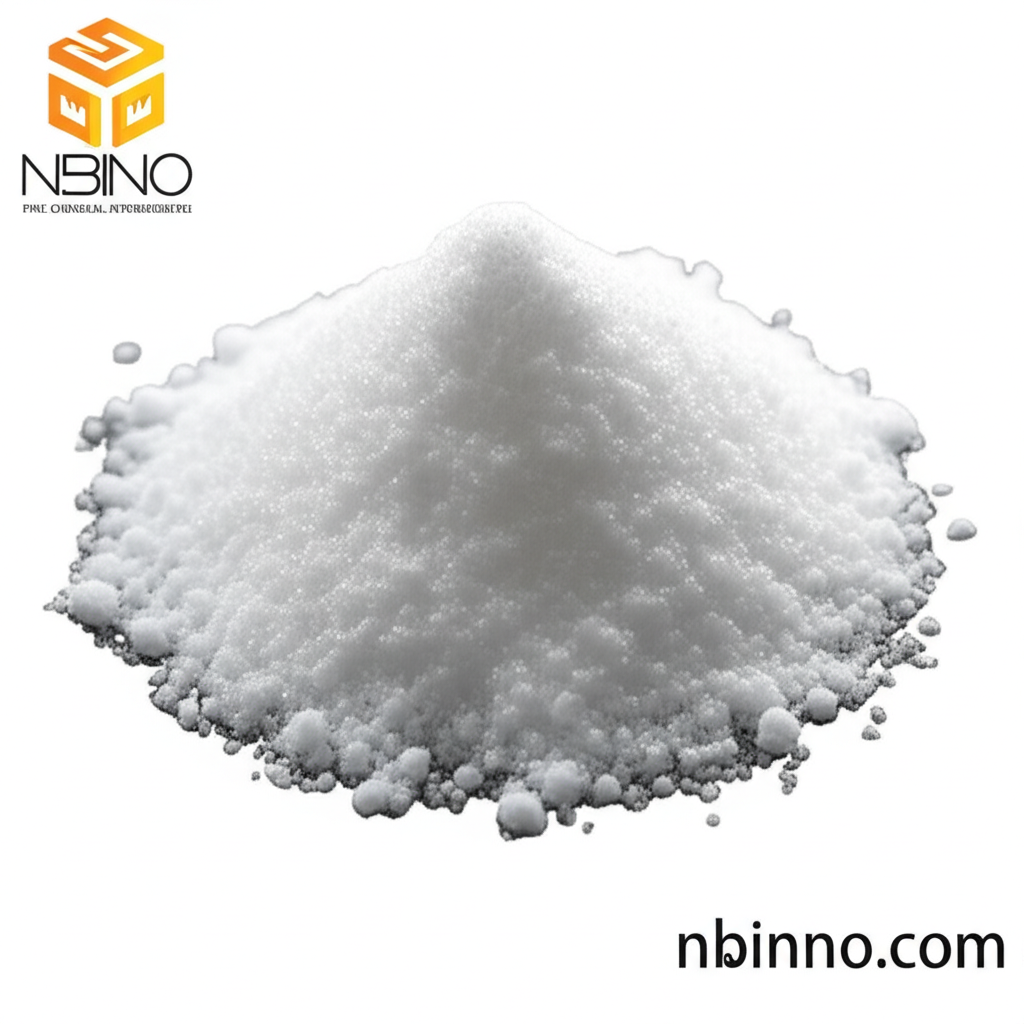Unlock the Potential of 2-Aminoethylammonium Chloride (CAS 18299-54-2)
Discover the essential properties, diverse applications, and reliable sourcing of 2-Aminoethylammonium Chloride, a key compound for chemical synthesis and industrial processes.
Get a Quote & SampleProduct Core Value

2-Aminoethylammonium Chloride
As a trusted supplier in China, we offer high-quality 2-Aminoethylammonium Chloride (CAS 18299-54-2). This compound is valued for its specific chemical properties, making it an indispensable component in various industrial applications. Its reliable performance and consistent quality ensure efficiency in processes like dye synthesis.
- Explore the crucial role of 2-Aminoethylammonium Chloride in dye synthesis, leveraging its unique chemical structure as a key intermediate.
- Understand the physical characteristics, including its appearance as a white crystalline powder and a low melting point of 8.5°C, crucial for handling and formulation.
- Learn about the diverse applications of this compound, extending beyond dye synthesis to its use as an analytical reagent.
- Discover the advantages of sourcing this chemical intermediate from reputable manufacturers in China, ensuring competitive pricing and consistent supply.
Advantages Offered
Versatile Chemical Intermediate
2-Aminoethylammonium Chloride serves as a vital building block in organic chemistry, enabling complex synthesis routes for various end products, including those in the dye industry.
Reliable Performance
With consistent quality and well-defined properties, this compound ensures predictable outcomes in its intended applications, supporting efficient manufacturing processes.
Cost-Effective Sourcing
Benefit from the competitive landscape of chemical manufacturing in China, allowing access to this essential intermediate at favorable prices for your business needs.
Key Applications
Dye Synthesis
Leverage 2-Aminoethylammonium Chloride as a critical intermediate in the synthesis of various dyes, contributing to vibrant and durable colorants.
Analytical Reagent
Utilize its specific chemical reactivity as an analytical reagent in laboratory settings for qualitative and quantitative analysis.
Curing Agent
Explore its potential as a curing agent in polymer or resin applications, where controlled chemical reactions are paramount.
Chemical Intermediates
Its functional groups make it a valuable precursor for synthesizing a range of other specialty organic chemicals.
